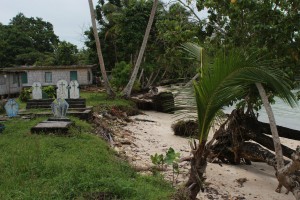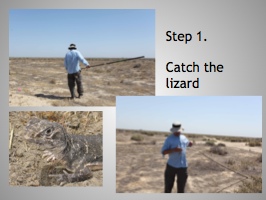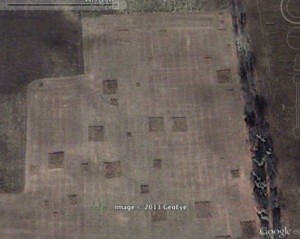This will be a follow-up to a round-table last July on hurdles to synthesis (here). Look forward to an informal discussion on the process of data synthesis, based on a poster presentation by the GoA group at the CERF meeting last November in Portland, OR. A list of questions for discussion will be posted before the round-table on Wed, Jan 6th.
Here’s a link to the full poster (pdf): CERF 2015_Poster_Large
Abstract:
Large-scale ecological syntheses are increasingly important to understanding patterns, processes, and effects at an ecosystem scale. However, conducting such syntheses requires lots of data which frequently is considered either large data (large-scale, designed to identify broad patterns not mechanisms, often many investigators or organizational) or small data (intensive, designed to identify mechanisms, often single/few investigators). We explored a case where we integrated large and small data to examine questions across spatial and temporal scales in the Gulf of Alaska, focusing on the impacts of the Exxon Valdez oil spill. However, for this discussion we will be focusing on the process of synthesizing disparate datasets rather than the actual data themselves. Key to integrating data for synthetic analyses is the availability of informative documentation of the data. We used Ecological Metadata Language (EML), online code sharing (GitHub), and an online data repository (DataONE) to document the data we used and to aid in transparency of these analyses. Some of the hurdles encountered included a wide variety of poorly documented data formats, and fragmented research (through space and time). Potential solutions include standardization of data formatting and storage across organizations, and better integration of research efforts by large organizations (government agencies, academia, etc.). We hope to foster a discussion about these hurdles and potential solutions to synthesizing ecological data across scales.
Rachael Blake, NCEAS Post Doc
Jessica Couture, NCEAS Research Associate
Colette Ward, NCEAS Post Doc







